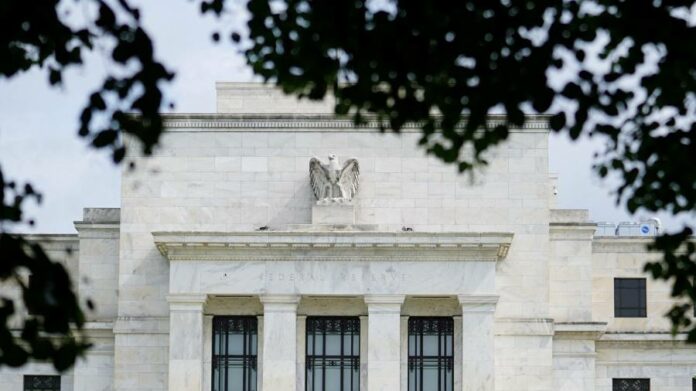The author is the C Fred Bergsten Senior Fellow at the Peterson Institute for International Economics
Back in 2010, Giovanni Dell’Ariccia, Paolo Mauro and I argued for a 4 per cent target for inflation. At the time, central banks overwhelmingly rejected the idea. The reason was not so much disagreement with the logic, but the perception of a risk that, if they were to do so, they would lose credibility. The time has come to revisit the argument.
Twelve years ago, our case was based on a straightforward cost-benefit analysis. On the benefit side, a higher target and, by implication, higher average nominal interest rates would give more room for monetary policy to decrease interest rates when needed, reducing the risk of being constrained by the zero lower bound.
When the 2 per cent inflation target was chosen, its proponents argued that this would imply average nominal rates high enough to give enough room for monetary policy to decrease rates without running into this lower bound. This proved wrong; the zero lower bound was more binding than anticipated. A 4 per cent inflation target implied, other things being equal, average nominal rates higher by 2 percentage points, and would thus allow more room for monetary policy to operate.
On the cost side, the empirical evidence of revising the target suggested that while high inflation, say 10 per cent or more, could be very costly, the additional costs of 4 per cent inflation versus 2 per cent inflation were small. The main costs came from the distortions of an incompletely indexed tax system, but these could easily be eliminated by making the tax code inflation neutral. Indeed, the evidence suggested that a rate of inflation around 4 per cent made desirable relative wage adjustments much easier.
The central banks had spent many years convincing people that they were committed to the 2 per cent inflation target, and indeed inflation was then running around this level. The banks worried that, if people saw them increase the target to 4 per cent, they would become concerned about further increases and the investment in credibility would be lost. Thus, the proposition went nowhere.
Where do things stand today?
On the one hand, the relevance of the zero lower bound has become terribly obvious to us all. Since the beginning of 2010, the US policy rate has been at the effective zero lower bound for 95 out of 155 months, and, until the recent increases, it has been at the lower bound nearly all the time in the euro area as well as in Japan.
True, central banks have had recourse to other tools, from slightly negative nominal rates to quantitative easing, but these have limited impact, are complicated to use and have adverse collateral effects. This has clearly strengthened the case for a higher target, and by implication for higher average nominal rates and a smaller probability of hitting the zero lower bound again.
On the other hand, I have become more open to another argument, based on salience. When inflation is low, people and companies simply do not think about it and thus do not react to it. This was certainly the case pre-Covid. When it becomes higher, however, inflation becomes salient, wage and price decisions become more sensitive to it, and inflation expectations become more easily de-anchored. All of this makes the job of monetary policy substantially more difficult.
The question is what rate of inflation leads to salience. A hint is given in a recent paper, which looks at Google searches for “inflation” as a function of the actual inflation rate. It found that, for the US, if inflation was around 3-4 per cent, people simply did not pay attention. Above 3-4 per cent, they did.
Altogether, these arguments have led me to conclude that, while a higher inflation target is desirable, the right target for advanced economies such as the US might be closer to 3 per cent than our original 4 per cent proposal.
Will it happen? In 2010, central banks worried about losing credibility if they increased the target, and by doing so, allowed inflation to increase from the then 2 per cent rate. This is certainly not where we are today. Central banks are going to approach the target from above rather than from below. This makes a difference.
I suspect that when, in 2023 or 2024, inflation is back down to 3 per cent, there will be an intense debate about whether it is worth getting it down to 2 per cent if it comes at the cost of a further substantial slowdown in activity. I would be surprised if central banks officially moved the target, but they might decide to stay higher than it for some time and maybe, eventually, revise it. We shall see.






